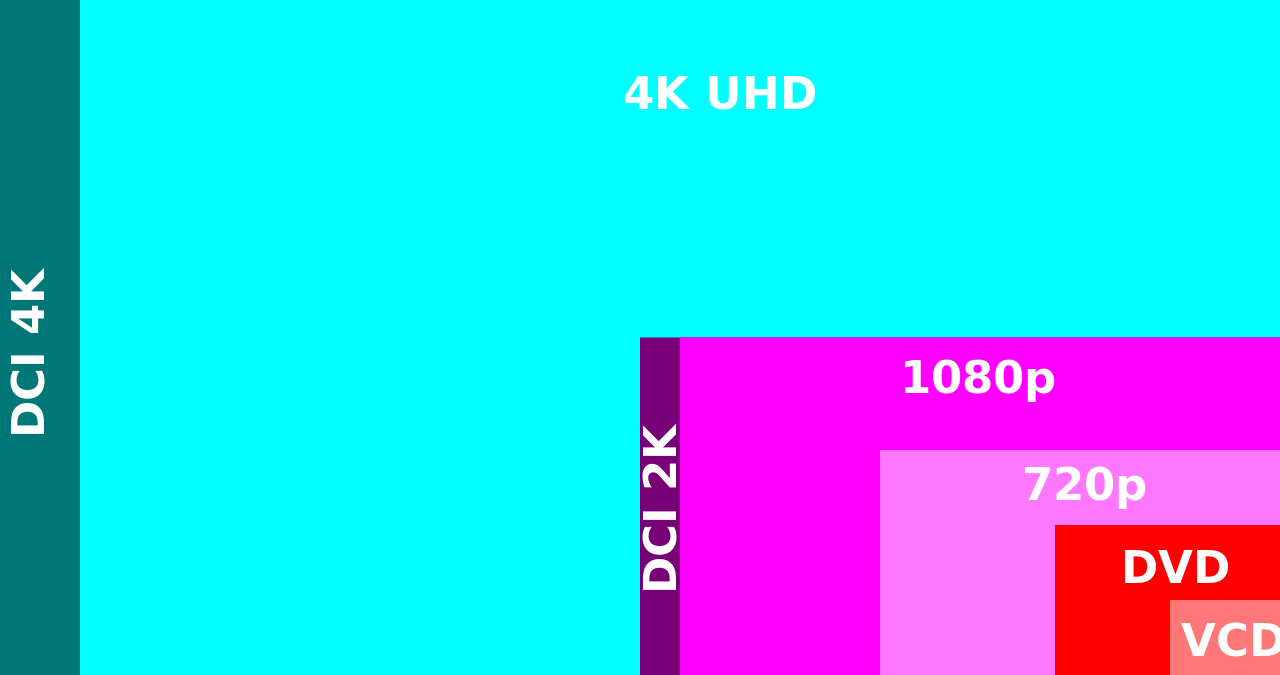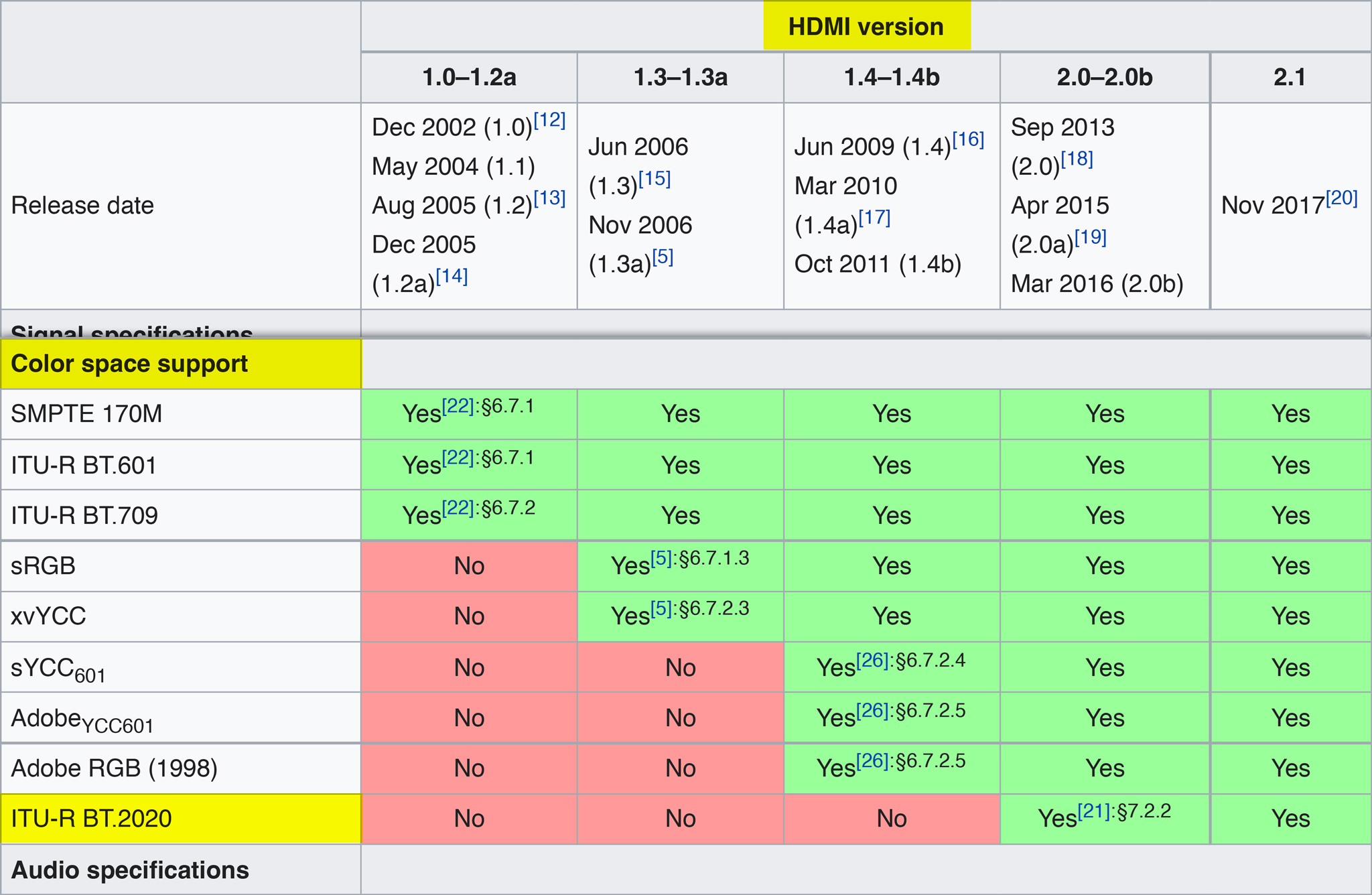4K isn’t worth it, and here is why
Yes, 4K (and UHD) looks beautiful, if you have a huge expensive screen, a recent Blue-ray player, and a good movie that was recorded and mastered in at least, 4K-DCI. But If you are looking forward to create online videos in 4K, you are wasting valuable resources into nothing, ande here is why.
- Most users watch videos using their smart phone, and there isn’t a lot of resolution there. According to StatCounter.com, 20% of the internet users have a resolution of 360x240px, 11% use 1366x768px, and only about 10% of users have a 1920x1080px screen. 37% of the internet users use Android to browse the web, 37% use Windows mostly with Chrome and desktop clients represent only 48% of the internet users, 14% use iOS. On desktop computers, 26% have a resolution of 1336x768px, only 20% use 1920x1080px screens.
- Most users don’t have the required bandwidth, according to Netflix, the recommended bandwidth for 4K consumption is 25Mbps, YouTube encodes 4K-UHD/29.97fps at 20Mbps 4K-UHD/59.94fps at 25Mbps and 4K-UHD/HDR/59.94fps at 30Mbps using VP9 codec, it could work kowing that the average household in the US have a 18.7Mbps connection, but considering that most users use their mobile to watch videos, the average mobile network speed in the US is 10.7Mbps according to Recode/Akamai. In other words, your content will be consumed in lower resolutions to meet low bandwidth requirements.
- Viewing distance, even if your audience has the bandwidth and 4K screen, it has to be closer to it. According to Crutchfield.com the recommended viewing distance for a UHD-4K screen is between the diagonal size of the screen up to one time and a half the diagonal size of the screen, and no one is sitting 5 foot closer having a 60″ screen, siting farther away to share the viewing experience will result in loss of perception in resolution.
But enough of 4K-UHD consumption, let’s talk about production, because there is a huge difference between recording, editing, exporting and uploading 4K-UHD 3840x2160px video compared to FHD 1920x1080px.
- Good quality and sharp video recording, one thing is having a 4K-UHD video file, another thing is to have good quality video. There are tons of gadgets that record 4K but fewer will produce sharp results with enough color information, between video compression, small image sensors that don’t perform well in lowlight and low quality lenses, producing good quality 4K-UHD video is not an easy task, and forget about HDR video, this is why most online comparisons between FHD 1920x1080px and UHD 3840x2160px don’t show a big deal of a difference, in order to achieve great 4K-UHD video you’ll need high quality sharp lenses, good light conditions, a sharp sensor and a codec that doesn’t compress too much your video, in other words, high bitrate video, lossless video or RAW video, this means expensive gear and tons of space in storage.
- A high end video editing workstation, because handling 4K-UHD/DCI video requires tons of storage and horsepower, Destin Sandlin from the YouTube channel Smarter Every Day complained about the lengths he had to go to create 4K content and shared a video where Puget Custom Computers helped him to build the ideal 4K editing workstation, a workstation hat could cost about $10,000 USD, in the meantime, you could edit 1080p video content on almost any computer from 2015.
- Huge upstream bandwidth connection, because uploading those files require a good internet connection, and time is money.
I wanted to know how different it was to work in 4K-UHD 2160p compared to FHD 1080p, I recorded a 58 minute 4K video using the Canon EOS 5D Mark IV with the popular Sigma 18–35mm ƒ/1.8 DC HSM Art Lens, I choose to record in 4K-DCI at 29.97fps using Canon-Log which uses MJPEG codec at 533Mbps, it required 234GB in total storage. Using a Mac Pro (Late 2013) with a 3GHz 8-Core Intel Xeon E5, 32GB 1866 MHz DDR3 in memory, two AMD FirePro D700 6144 MB video cards and a 1TB Apple flash storage drive, it took almost 45 minutes just to get the files from the memory card to the hard drive, running macOS Mojave 10.14.1 with Adobe Premiere Pro CC 13.0 playback was good most of the time, but not stellar.
Exporting the 20 minutes 4K-UHD project to 1080p MXF took only 25 minutes, exporting to 4K-UHD MXF took 95 minutes, almost 4X more. Encoding the FHD MXF file to HEVC/H.265/AAC video took only 13 minutes, encoding the 4K-UHD file to HEVC/H.265/AAC video took 75 minutes, almost 6x the time. The FHD/HEVC resulting file took 219MiB of space, a 6 minute upload time using a 5Mbps connection, the UHD/HEVC file took 1.37GB of space, 6.43x more and required a 40 minute upload using a 5Mbps connection…
…and all this effort just to see that most users would not consume your content in 4K, so you tell me, Is it worth it to expend time and resources creating a content that most users are unable to see? You decide.
I originally published this content on Medium, but because of the censorship in that social media platform, I move it here.


